- Joined
- Oct 21, 2004
- Messages
- 5,096
Hi Kenny,
Who better to ask than from the master..., hope you dont mind answering, which of the following Cameras would you choose?
For Diamond Macro photography of-course...
option 1: http://www.amazon.com/Canon-T3i-Dig...226131&sr=1-1&keywords=canon+camera+eos+600+d
option 2: http://www.amazon.com/Canon-Rebel-D...226198&sr=1-6&keywords=canon+camera+eos+700+d
Lens: http://www.amazon.com/Canon-100mm-Macro-Digital-Cameras/dp/B002NEGTSI
Thank you in advance,
Who better to ask than from the master..., hope you dont mind answering, which of the following Cameras would you choose?
For Diamond Macro photography of-course...
option 1: http://www.amazon.com/Canon-T3i-Dig...226131&sr=1-1&keywords=canon+camera+eos+600+d
option 2: http://www.amazon.com/Canon-Rebel-D...226198&sr=1-6&keywords=canon+camera+eos+700+d
Lens: http://www.amazon.com/Canon-100mm-Macro-Digital-Cameras/dp/B002NEGTSI
Thank you in advance,


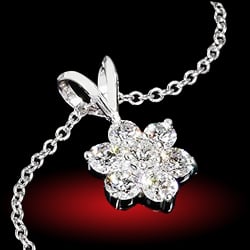
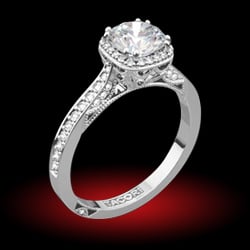
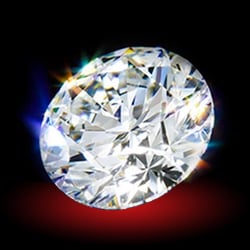
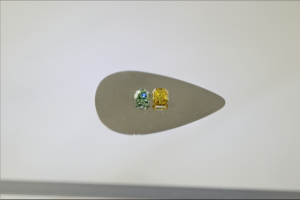
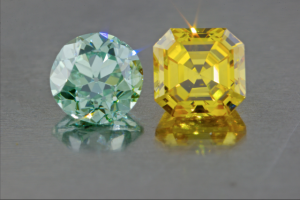
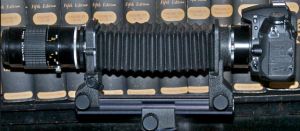

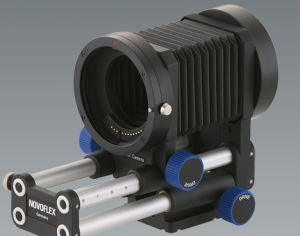
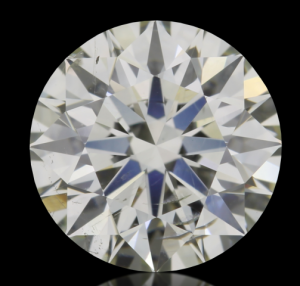
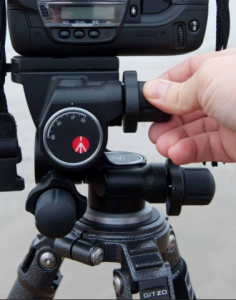
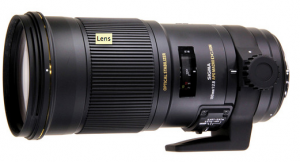
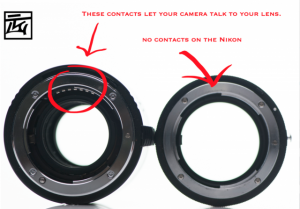

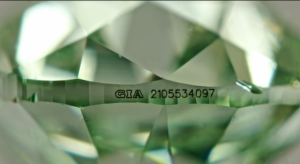
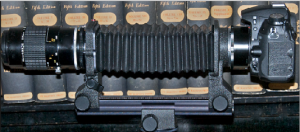


300x240.png)